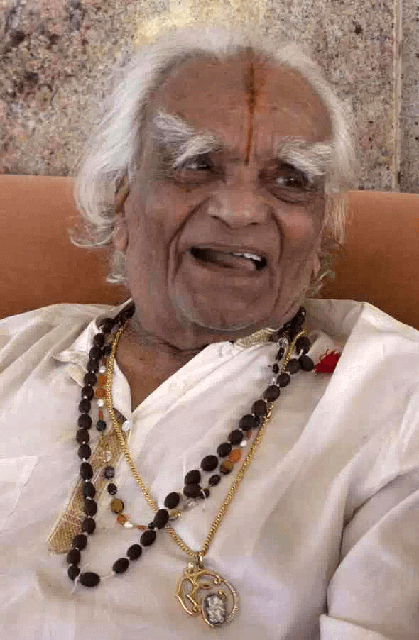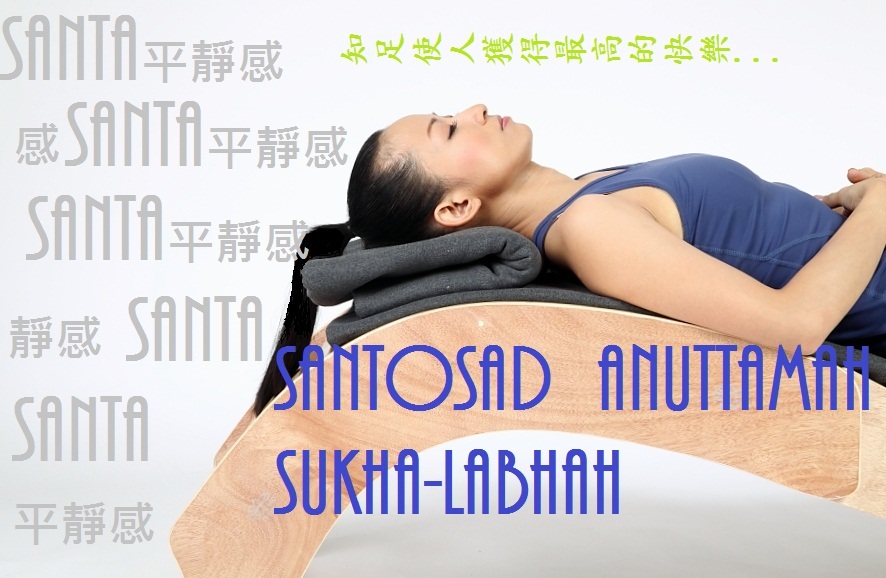
History of Iyengar Yoga
BKS Iyengar, started yoga with T. Krishnamacharya at the age of 15 as an ailing child. With relentless practice, Mr. Iyengar not only recovered from his illness, he was asked to teach yoga in 1936 at the age of 18.
In 1975, he established a teaching institute in the name of his late wife, Ramamani Iyengar Memorial Yoga Institute (RIMYI). He has set guidelines and outlines for different yoga practices to help students from all walks of life.
In his pioneering book for yoga practitioners, “Light on Yoga” (1965), Mr. Iyengar writes methods on how to practise poses, distinguishing each pose with level of difficulties, benefits and contra indications with the name and myths behind explained. He covers over 200 poses with photos and suggested sequences for practices in this world-renowned book for yoga practitioners.
Up to this date, with over 75 years’ of practice, Mr. Iyengar still practises yoga and remains active in his research into yoga. He is best known to study and analyse each asana (pose) thoroughly with his own body on the anatomical structure, physiological functioning, psychological effect, and the length of time required to bring one’s body, mind and spirit in union. He is also the pioneer in using props, such as blocks, blankets, bolsters, wooden stands, wall ropes, to facilitate a student to go into an asana with ease and safety.
In his early days, Mr. Iyengar was regarded by his fellow yogis as an asana-based ‘acrobat’. Yet, through his firm beliefs in his works and exploration of yoga, Mr. Iyengar has successfully merged his practice with the spiritual pursuit of a classical yogi, leading to liberation of one’s true spirit. His yoga is now practiced all over the world as the safest and most scientific one which can be practiced by all body types, races, ages and especially by those with medical conditions (under the guidance of experienced teachers only).
Why start Iyengar Yoga?
Iyengar Yoga provides you the tool to discover your body and mind in a systematic and safe manner. From beginners to experienced practitioners, Iyengar Yoga leads you to achieve balance and poise as in any hatha yoga discipline, while develops your physical and mental stamina to penetrate into your mind to allow you glimpses of your true spirit. Be it physical and mental health, or self-realization as one’s ultimate goal in yoga practice, Iyengar Yoga has a clear and safe ‘road map’ for all people!
4 unique aspects discussed and explored in depths by Mr. Iyengar and details could be found in his works “Light on Yoga”, “Light on Pranayama”, etc.
Technicalities: alignment of muscuo-skeletal structure of the physical body to obtain stability in an asana to calm the physical body and mind.
Sequencing: link one asana to next to optimize the benefits from groups of asanas to attain increasing penetration to the body and mind to improve body and mind awareness.
Timing: physiological duration of each asana in practice and in a sequence to bring the expected changes in body and mind. ‘Gestation’ period is introduced to specify the length of time between ‘input’ and ‘output’ of an action.
Integration of above to lead to cumulative benefits in yoga practice which would lead to the spiritual search of self-realization.

Characteristics of Iyengar Yoga
Alignment of anatomical body including subtle adjustments in the organic body for the more advanced practitioners; basic knowledge of human anatomy must be acquired by all Iyengar yoga teachers.
Intricacies and involutionary process are introduced to facilitate the self-analysis and self-investigation of firstly the anatomical body, followed by the organic body, then the mental body, then the mind and then the consciousness.
Pranayama (control over breath or prana-life force)
practiced only after body could be ‘stilled’. The mind is where the breath is; if one can control the breath, one can ‘see’ the mind and control its fluctuations. Yoga is how to calm the fluctuations of the mind as stated in Yoga Sutra I. 2 “Yogah Citta Vritti Nirodhah”
Meditation in action
body and mind could be stilled together at the ‘sthiti’ stage of each asana when an asana is done in the integrated state, i.e. alignment is attained and mind is controlled by breath. 3 stages of an asana are specified by Mr. Iyengar: Upakrama (commencement); Sthiti (state); Upasamvhara (conclusion). Sthiti is sub-divided further into: Orientation stage, Coordination stage and the Coordinated stage (and Timing starts only from the Coordinated stage).
Study of the mind via the study of body
Study of the mind via the study of body to practise the classical texts of the 8 limbs of yoga, Astanga yoga, after mastering Asana and Pranayama, in which Yama and Niyama are observed in Asana and Pranayama, while Pratyahara, Dharana, Dhyana are brought together at ‘sthiti’ stage to reach the 8th and the last ‘anga’ (limb) – Samadhi (liberation of the soul).
Classical yoga texts and yoga philosophy must be studied in Iyengar Yoga, such as Patanjali’s Yoga Sutras, Hatha Yoga Pradipika; as the physical asanas are only doors to self-actualization (or our soul). To study more for Mr. Iyengar’s yoga philosophy and relationship between body, mind and spirit, please refer to his works in “Light on Life”, “Light on Yoga Sutras”, “Tree of Life”.
